Results
-
£71.50
The Best Moment Of The Day - Romeyn
Look no further for the quintessential concert opener for your young band! A powerful opening fanfare leads to a warm and flowing theme introduced by the clarinets. As the music develops, a secondary theme is introduced, proud and heroic in nature. This theme is fully explored amid varied harmonic structures and driving rhythms. Finally, the music ends as it began, with the powerful fanfare presented even stronger this time. Varied textures, memorable themes, and fresh, contemporary harmonies hold the interest of the listener, while providing some valuable teaching opportunities. A strong choice for concert or festival performance!
Estimated dispatch 7-14 working days
-
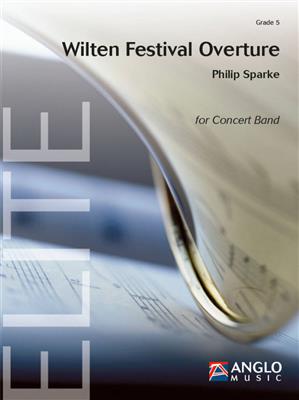 £164.99
£164.99Wilten Festival Overture - Philip Sparke
To celebrate the 350th anniversary of the Stadtmusikkapelle Wilten in Innsbruck Philip Sparke composed Wilten Festival Overture. A bold fanfare, led by the horns, forms the opening of the work from which an expressive theme unfolds until the full band reaches a climax. Short solo statements from saxophone, horn and trumpet lead to a recapitulation of this theme which melts into a rhythmic Vivo. A robust melody is is then played by the clarinets and taken up by the whole band before a legato figure leads to a cantabile theme, again presented by the clarinets. The original Vivo melody reappears before the opening fanfare is briefly heard and the work comes to an end with ashort Coda. A great experience for the whole band!
Estimated dispatch 7-14 working days
-
 £91.99
£91.99Exultation - Philip Sparke
Exultation is a short and energetic concert opener that is similar to a palindrome. A fanfare opens the work, juxtaposing 3/4 and 6/8, reminiscent of Latin-American music.The main theme is first heard on the euphonium, horns and saxophones which is very bluesy. The contrasting second theme is short and spikey and played by the bass instruments of the band. A lyric melody emerges as the rest of the orchestra joins in.The second theme reappears which leads back to the 'blues' melody, which leads back to the opening fanfare. Palindromic!
Estimated dispatch 7-14 working days
-
£184.99
Rubicon - Bert Appermont
The Rubicon is a river in Northern Italy which Julius Caesar crossed with his army in 49 BC in defiance of the leaders of Rome, who feared his power. A civil war against rival Pompey ensued, which culminated in Caesar seizing power as the absoluteruler of Rome. The phrase "crossing the Rubicon" therefore refers to any person committing himself irrevocably to a risky, decisive and irrevocable of course of action.The work consists of three parts that deal with this important moment in history.Part 1 (Meditation) symbolises Caesars request to the Gods to assist him in his difficult choice. In a slow introduction we hear the melancholy and beseeching sounds of the duduk (alternatively, this part can be played by a soprano saxophone)and of the soprano solo singer over the bourdon accompaniment. The soprano solo singer then sings "dona tibi pacem" (give him rest) in a melodious and probing theme.In Part 2 (Battle of Pharsalus) trumpets and trombones resound alternately ina stately Roman fanfare, producing a stereophonic effect. This develops into a martial theme in which Caesars impressive army goes to battle against the army of rival Pompey. While the theme of Caesars army fades away, Pompeys theme emerges as anaive dance in six-eight time. His army is definitely in the majority and it believes it can easily defeat the enemy. Suddenly trumpets and trombones clash on two sides of the orchestra: Caesars army advances and attacks. A fierce battle ensues inwhich the two themes are played alternately as well as simultaneously. Thanks to his shrewd battle tactics, Caesar manages to win this legendary battle after all: his theme resounds ever louder in trumpets and horns until everything dies out andchanges into a kind of reconciliation between the soldiers of the two armies. The melancholy "dona tibi pacem" from part 1 now serves as a reconciliation theme.Caesar is now the sole ruler of the New Roman Empire, which would be destined to leave itsmark on our Western civilisation to this day. The third part is a sparkling succession of dance music (Dance) with many Greek and Roman elements in which Caesars victory is praised and celebrated. It is common knowledge that the culture(arts, gods, etc.) of the Romans drew heavily on Greek culture. I have therefore used an authentic Greek theme (the Seikolos song) several times in this part (bar 17 in the euphonium, bar 60 in the base section, bar 68 in the sopranosaxophone) to suggest the music of that era and to evoke the right atmosphere. After a gradual increase in tempo in the entire orchestra, the opening melody gloriously resounds once more, surrounded by virtuoso dance music. The work ends withbombastic brass fanfares in which Caesars theme triumphs once more.NOTE FOR THE CONDUCTOR:The Armenian duduk and the monochord that are used in the introduction give a special tone to the music, but could be substituted (soprano saxophone instead ofthe duduk) or left out (monochord). The soprano solo is also doubled within the orchestra and could therefore also be left out if necessary, although it does provide the work with an extra dimension. The male voices in the introduction and the finalecould possibly be replaced with a synthesizer with choral setting.As a visual and acoustic element in part 2, the trumpets, the e-flat cornet, the small drum and trombones can be stood up and placed at two sides of the orchestra (bar 80).Seen fromthe point of view of the conductor, put the trumpets, the e-flat cornet and the small drum in the left section and the trombones in the right section of the orchestra. This also helps to create a visual contrast between the two themes of the secondpart. The players can be seated again at bar 97 or bar 121. The soprano soloist can be placed in or in front of the orchestra, depending on what gives the best result. For the conclusion of the work the soprano solo can be sung from afar (from thewings) to create additional atmosphere.This work was composed especially for the "St Joseph" brass band from Pey/Echt (Belgium) with conductor Mark Prils.
Estimated dispatch 7-14 working days
-
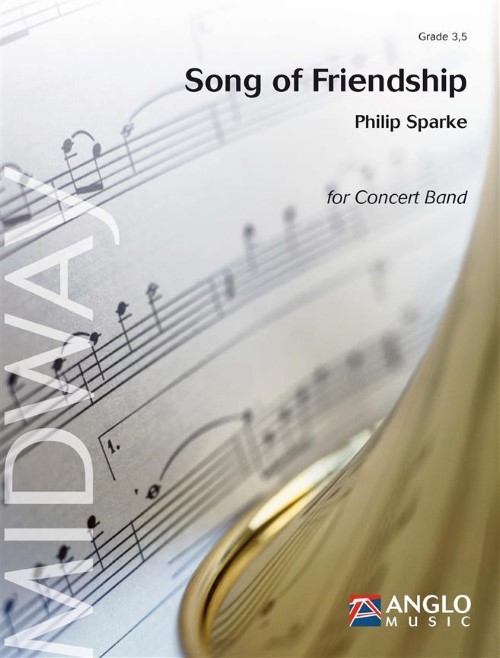 £106.99
£106.99Song of Friendship (Concert Band - Score and Parts) - Sparke, Philip
Song of Friendship was commissioned by the Concert Band of Jumonji University, Saitama, Japan and their conductor, Yutaka Nishida. The commission marked the 50th year of Yutaka Nishida's involvement with bands as a player, conductor and radio presenter. The ceremonial Song of Friendship opens with an extended fanfare, largely featuring the brass section. This leads to the main theme, which develops slowly until it is played by the full band. A change of key signals a contrasting central section containing a quiet woodwind chorale, which grows until the return of the triumphant sounding main theme. Elements of the opening fanfare then close the work. Duration: 6.45
Estimated dispatch 7-14 working days
-
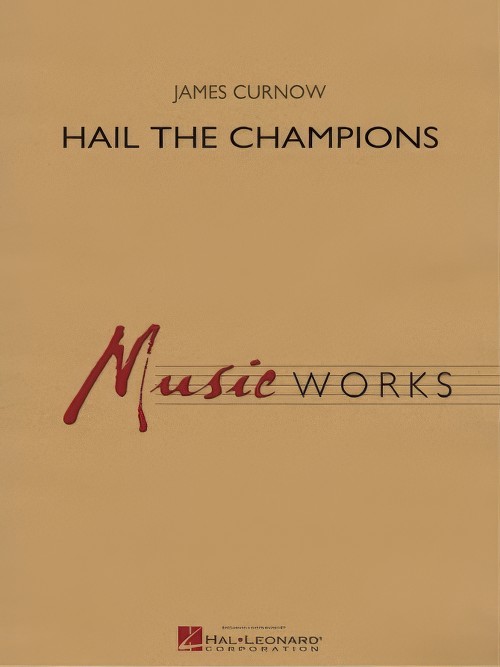 £118.99
£118.99Hail the Champions (Concert Band - Score and Parts) - Curnow, James
Commissioned for the University of Akron Symphonic Band, this dynamic work celebrates 100 years of music composed for the Olympic Games. Based on three primary themes, the first is a brilliant fanfare that serves as an introduction as well as a unifying link throughout. Second is the 1896 Olympic Hymn (music by Spyros Samaras) set in a beautiful lyric style which builds to a magnificent climax juxtaposed with the opening fanfare. The final section presents a new version of Mr. Curnow's own Olympic Fanfare and Theme for the Olympic Flag which was commissioned for the 1996 Olympic Games in Atlanta and performed again in 2000. The dramatic closing is again combined with elements of the opening fanfare.Duration: 6:45
Estimated dispatch 7-14 working days
-
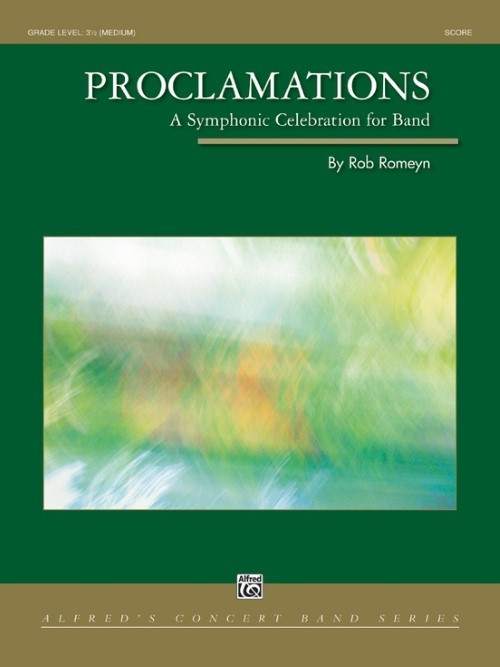 £77.50
£77.50Proclamations (A Symphonic Celebration for Band) (Concert Band - Score and Parts) - Romeyn, Rob
Proclamations is a shimmering way to begin your next concert featuring a spectacular opening fanfare followed by a memorable melodic theme. A second celebratory fanfare introduces a variation on the first theme. Powerful scoring, varied textures, and contrasting styles make this the perfect choice for a concert. A very impressive Symphonic Celebration for band!Duration: 6.15
Estimated dispatch 7-14 working days
-
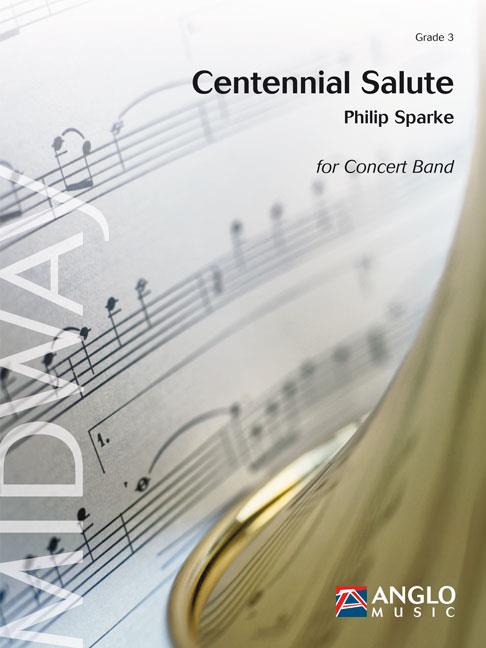 £152.99
£152.99Centennial Salute (Concert Band - Score and Parts) - Sparke, Philip
Just based on its title, this piece has to be celebratory and up-beat, which it is! It opens with a stately fanfare, first played on the low brass before the entire band joins in. This gives way to a contrasting lyrical theme which develops until it joins up with the fanfare to complete the opening section. A lively and heavily syncopated vivo follows, cast as a traditional march, complete with a 'bass strain' and trio. After the original march theme returns, a climax leads back to a reprise of the majestic opening, which brings the piece to an appropriately triumphant close.Duration: 7:30
Estimated dispatch 7-14 working days
-
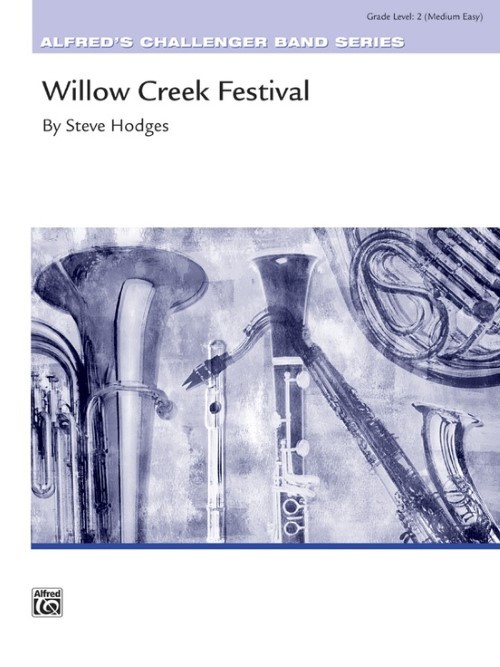 £46.95
£46.95Willow Creek Festival (Concert Band - Score and Parts) - Hodges, Steve
Beginning with an energetic fanfare, Willow Creek Festival is an upbeat piece that moves along smoothly in triple meter. The main theme is presented by the clarinets and saxophones and then again by the trumpets and flutes. A repetition of the introduction provides a transition to a contrasting section in 5/4 time which features a memorable melody in the relative minor key. With varied percussion colours, active rhythmic patterns and an effective countermelody, an excellent contrast is achieved. The main theme returns and flows into an exciting variation of the initial fanfare, bringing the piece to a dynamic conclusion.Duration: 3.00
Estimated dispatch 7-14 working days
-
 £69.99
£69.99Mountain March (Concert Band - Score and Parts)
A fanfare introduces This festive march is introduced by a lively fanfare which leads into the first, playful, melodic line which features a regular dynamic alternation and a light syncopated rhythm. After the traditional bass solo, the first theme returns. The initial theme, performed by piano and cantabile trio, later sounds in a jubilant forte with various figurations in the higher woodwinds. The fine work Mountain March is suitable as a street march, but will also gain much appreciation on the concert platform. 04:00
Estimated dispatch 7-14 working days
